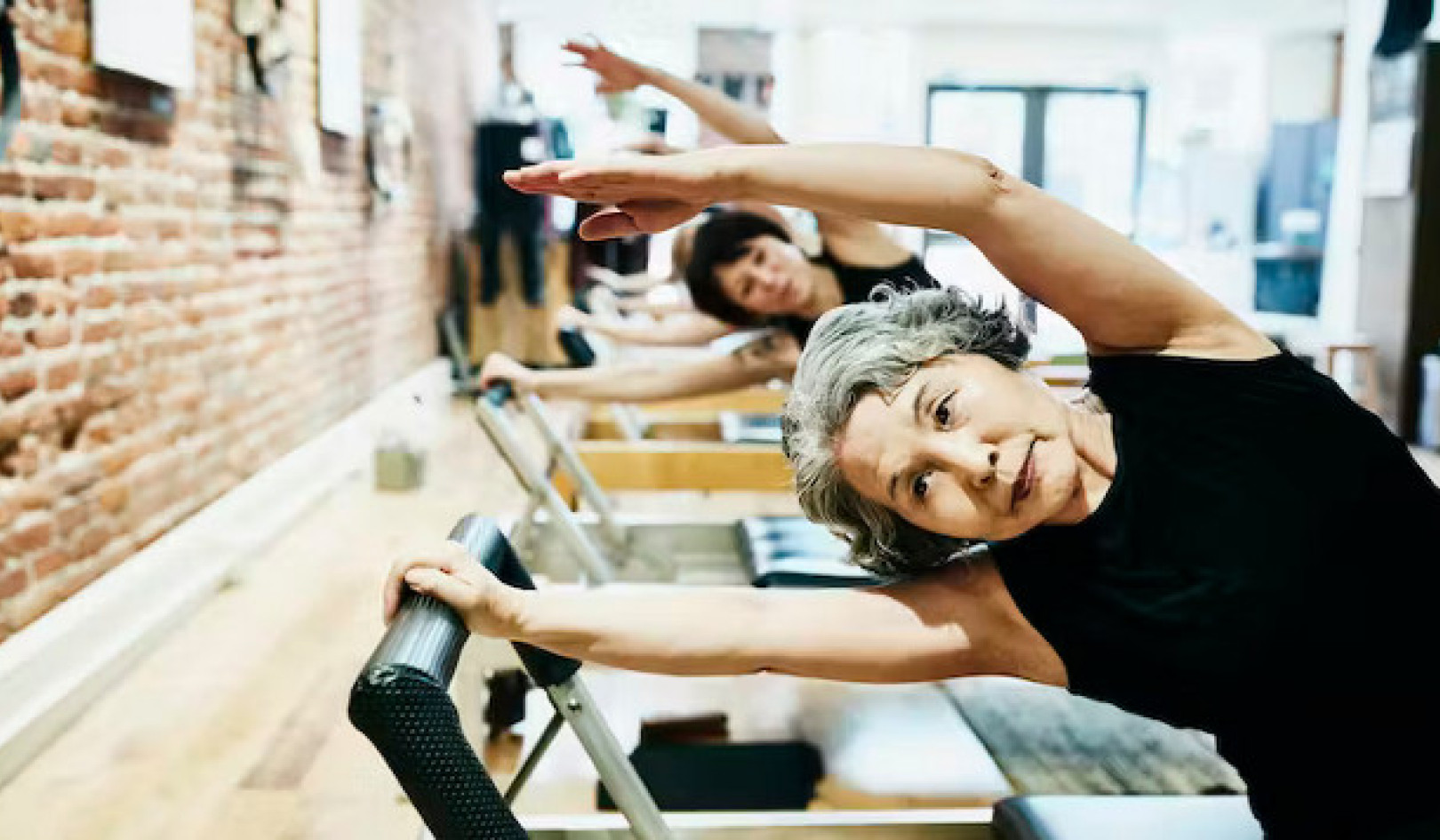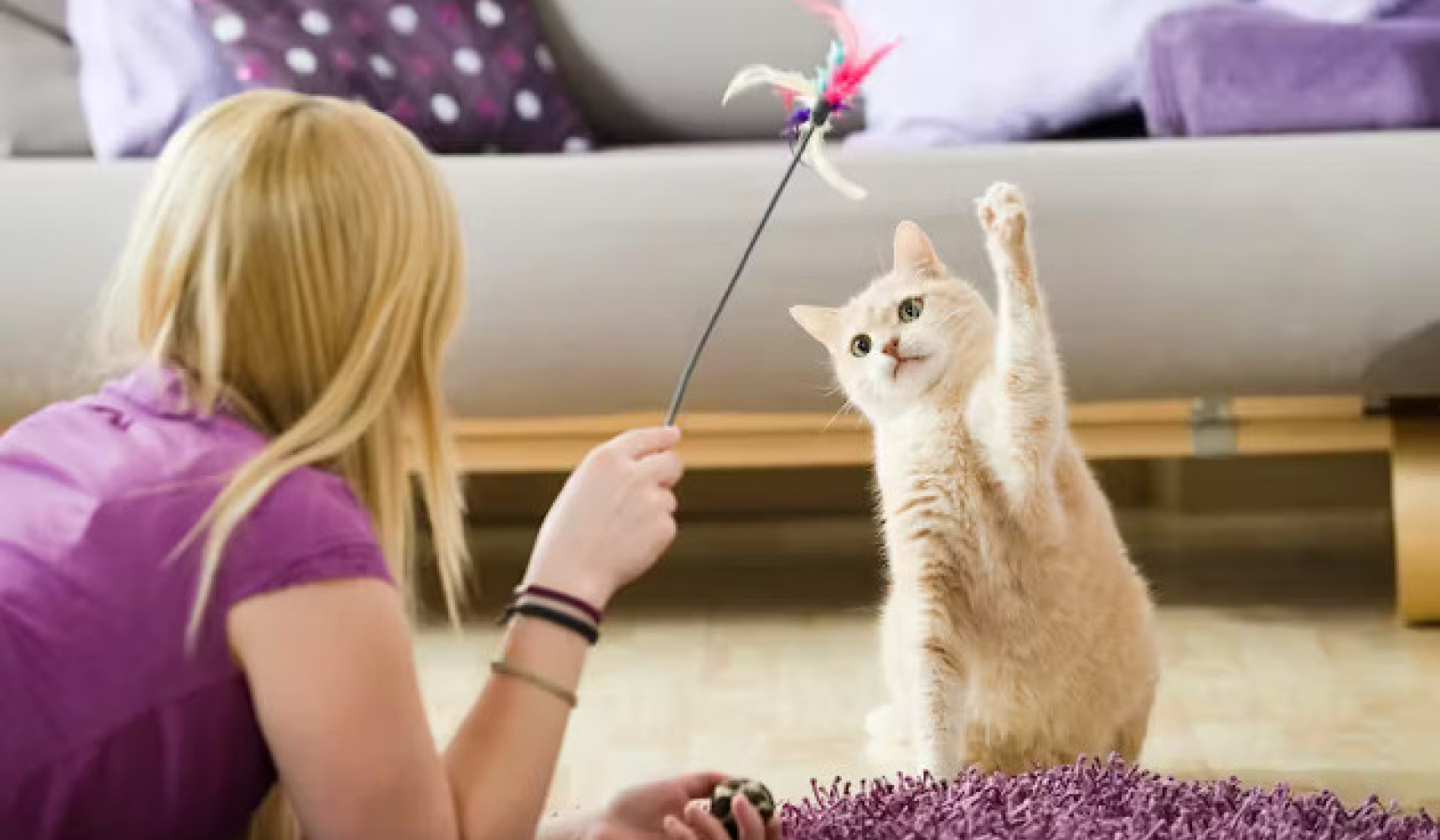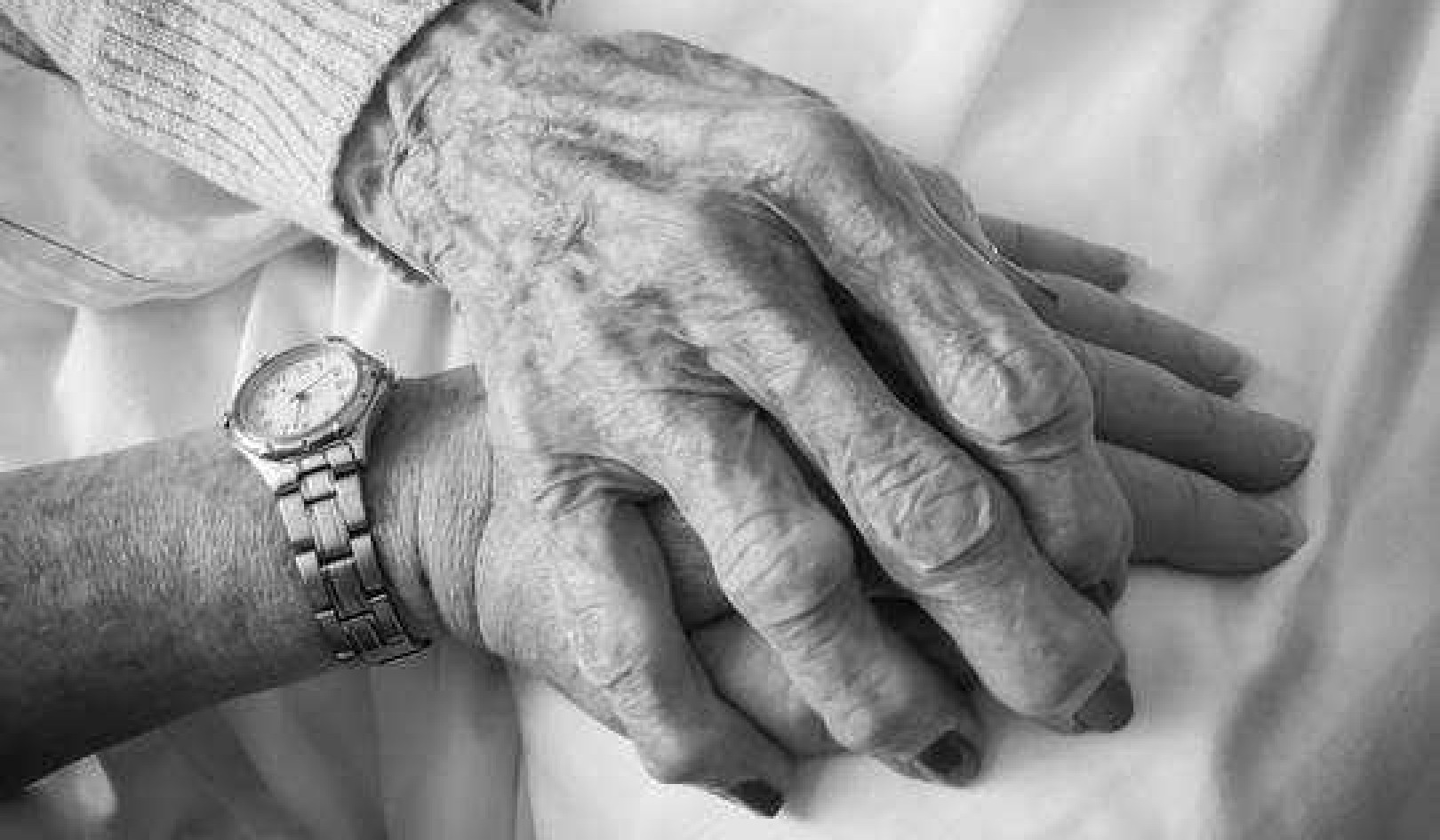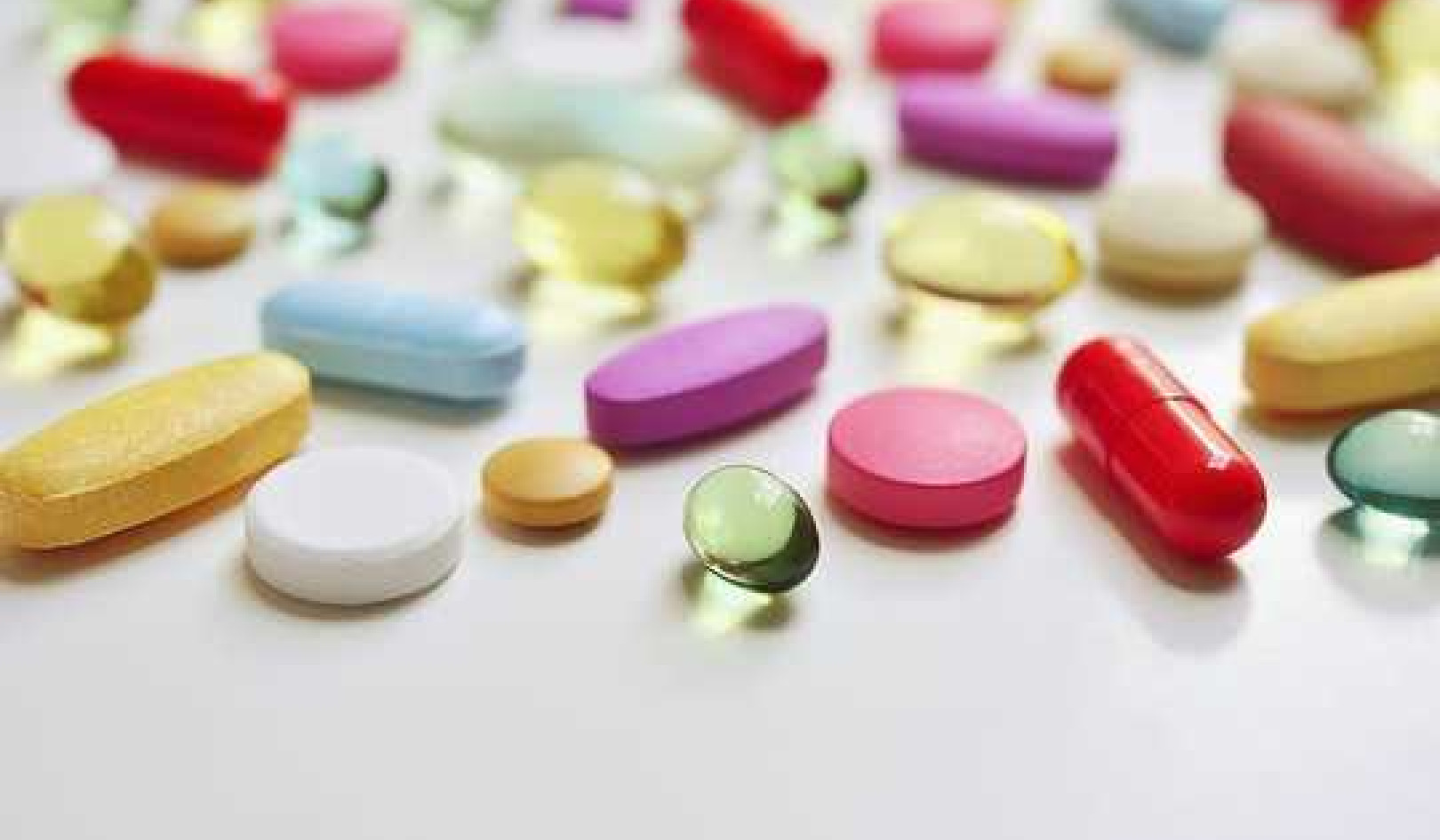
As light is necessary for the growth of plants and trees, animals, insects and bird life, so it is essential for us. Plants grow through the process of photosynthesis (photo means 'light' in Greek), absorbing light. Equally we need to absorb light and we have an instinct for it.
The sun draws us outdoors and just to feel it on our face for a few minutes can make us feel so much better. We need sunlight to build strong bones and teeth. Without it children can develop rickets and dental decay. Without realising it we can suffer from light starvation, or 'malillumination', just as we can suffer malnutrition from lack of food.
SUNLIGHT HEALS
Doctors have long known that sunlight is a nutrient and a healer particularly useful for tuberculosis and deep skin wounds. It is also helpful for those with osteoporosis, depleted immune systems and the winter depression that can set in in autumn and run until the levels of daylight increase again the following spring.
In the 1920s and 1930s Dr Auguste Rollier (AD 1874-1954) pioneered the building of special sanatoria high in the Swiss Alps and introduced sun baths' at his own TB clinic at Leysin. He became the most celebrated practitioner of 'heliotherapy' (helios is Greek for 'sun'). It was only with the coming of penicillin in 1938 and the growth of the drug industry that doctors prescribed pills rather than free healing sunlight. Now, with the emergence again of tuberculosis in the Western world, the benefits of sunlight are being rediscovered.
Another practitioner who recognised the healing properties of sunlight was Dr. Bates, an oculist working in New York at the beginning of the twentieth century to improve natural vision. He developed a set of exercises to enable his patients to take in as much sunlight as possible. These included periods of 'sunning', looking at the sun through closed lids, 'palming', placing the palms of the hands over the eyes to rest them in an enveloping blackness, blinking, swaying and shifting. He trained his patients to focus with and through the centre of sight in the eyes, the fovea centralis.
Dr. Bates believed that with this and the supporting exercises it should be possible to do without glasses altogether. Dr Jacob Liberman's contemporary book "Take Off Your Glasses and See" echoes Dr Bates' conviction.
SEASONAL AFFECTIVE DISORDER -- THE WINTER BLUES
This disorder, so named in 1981 by Dr Norman Rosenthal, who has researched the connection between light and the human brain for the last 20 years, as has Dr George Brainard, Consultant to NASA on Space Environments, is known to many depressed people for whom the acronym SAD is only too apt.
From November to March those affected can be almost reduced to complete inactivity by the reduced levels of sunlight. Four times as many women as men suffer from the disorder. There is little motivation to get up in the morning or even to live at all. Low sex drive, overeating to compensate and the inevitable weight gain add to the misery. One woman said she would just like to be a bear -- hibernate and wake up in the spring. What causes this condition, which is prevalent in northern Europe and North America?
The Pineal Gland and Melatonin
We live by sunlight. It reaches our brain through the eyes and is monitored by a very important gland -- the pineal gland, which is really a light metre. The gland controls puberty and influences our sleep patterns. It secretes a hormone called melatonin (mela means 'dark' or 'black'), which induces hibernation and sleep.
With limited sunlight, levels of melatonin are high by day as well as by night. Sunlight, however, suppresses melatonin. We are, after all, programmed to be active in the daylight and to sleep at night. Our ancestors lived by the sun and the great rhythms of light and darkness, as do many people currently across the globe.
In fact that was the pattern for us all until, in 1879, Thomas Edison invented the light bulb and showed that night could be turned into day. That in itself has created a huge revolution in society. In the cities particularly, a new indoor lifestyle has developed with a fair degree of stress and dubious commercial advantage, as it is possible to exchange the sunlight for working all hours.
But the light bulb has given us another means of tackling SAD. Sunlight suppresses melatonin, but so does light from a light box. 'Bright light therapy', as it is called, can lift moods and also has been found helpful to those suffering from eating disorders and those undergoing detoxification from drugs and alcohol. These light boxes are increasingly available. There is even a dawn simulator -- a clock that lights up slowly before the alarm goes so you wake to your own sunrise.
Research has showed that light travels to the hypothalamus, an area in the brain rich in serotonin, which influences melatonin secretion. Serotonin levels are lowest in the winter and are stimulated by light to control the melatonin.
Light boxes are available for private use as well as in clinics. The minimum intensity required for phototherapy treatment (light therapy) is 2,500 lux -- equivalent to a bright spring day. One lux is the power of one candle.
About 85 per cent of sufferers find partial or total relief from their symptoms after a period of two hours (or one hour at 1,000 lux) in the presence of the lamp. Treatment is best taken after waking and the time can be split between morning and evening, though not late at night. Patients who start their treatment in the autumn when their symptoms are mild are encouraged to go for a daily walk in the fresh air and to increase the general lighting levels in their homes.
A light box can be as small as a suitcase containing six fluorescent tubes of about 40 watt strength, creating the equivalent of 2,500 lux one fortieth the brightness of a sunny summer's day.
MIMICKING THE SUN: FULL-SPECTRUM LIGHTING
Full-spectrum lighting contains the full rainbow range of colours with a level of ultraviolet light appropriate to natural daylight. There are various versions of this and some, particularly the 'cool white fluorescent', are to be avoided. The cool white fluorescent has excessive levels of yellow and orange and too little red or blue.
Most of our domestic lighting is deficient at the green/blue end of the spectrum. It is concentrated on the orange/red end for a 'cosy' effect. That is our choice, of course, but for public areas of work and leisure such as schools, hospitals, prisons, offices and recreational spaces, it is important to have full-spectrum lighting. Research has shown that hyperactivity in children and their levels of dental decay have been linked with poor classroom lighting and have improved with full-spectrum lighting.
JOHN OTT: PIONEER OF LIGHT RESEARCH
The greatest pioneer of light research in our time is John Ott. A successful Chicago banker for 20 years, he became interested in the new field of photobiology through his hobby, which was photography. As far back as 1927 he was working on Walt Disney nature documentaries with special time-lapse sequences showing flowers opening and fruit ripening. His free time was spent photographing plants under fluorescent lighting in the basement of his home and coaxing seedlings to grow.
He became intrigued by the connection between varying light waves and plant growth. In My Ivory Cellar, published in 1958, he gives the case of the stubborn pumpkin which would produce only all-male or all-female flowers, depending on what type of lighting the plant received.
Ott developed this research in the animal world too. He presented his findings to Loyola University, Chicago, and was awarded a doctorate in Science. To co-ordinate his continuing studies into the way in which light can enhance the health of plants and animals -- and eventually human physiological conditions -- he then founded the Environmental Health and Light Institute.
Ott's work was met by polite indifference from the scientific community, but the wider public began to listen to his theories of malillumination, which is brought about by shielding ourselves with such things as tinted windows, windshields and sunglasses from the full-spectrum daylight we need. Over the last 50 years the 'three-screens syndrome' (cinema, television, computer) has driven the human race indoors and deprived us of our natural light environment. John Ott developed an indoor lighting system to mimic the full-spectrum range of natural sunlight.
SAFE SUNLIGHT: THE ULTRAVIOLET LIGHT DEBATE
Ott's work directly influenced that of Jacob Liberman, whose research and personal life emphasise his concern with just how important it is to value the sun, the source of life in our solar system. Liberman gained his doctorate in optometry at the University of Georgia in 1973 and his Ph.D. in Vision Science for his pioneering work in phototherapy. He has lectured extensively in the US and Europe and treated well over 15,000 people with learning disablement and emotional trauma, from business executives to Olympic sportsmen. He is a leading figure in the world of holistic vision science and a patron of the LIGHT Trust. Liberman's Light: Medicine of the Future is a classic on the importance of sunlight and the need for proper artificial lighting.
Liberman outlines the benefits of ultraviolet light in a climate of fear which seeks to cut it out at all costs with sunglasses, barrier creams, and tinted windows. While agreeing with Dr. Ott that too much ultraviolet light is bad, Liberman points out that we all need a basic amount of UV to support life and a healthy immune system. The benefits include the creation of vitamin D, which we need to absorb calcium and other minerals from our diet. UV lowers blood pressure, increases the efficiency of the heart, reduces cholesterol, assists in weight loss, increases the level of sex hormones, activates the skin hormone solitrol, which works with the pineal hormone melatonin to control body responses to light and darkness, and is also an effective treatment for psoriasis, tuberculosis, and asthma.
Dr. Liberman maintains that the UV issue has been exaggerated beyond belief and that people have become paranoid about the sun harming them. He recommends some common-sense measures. Spend an hour a day, at least, rain or shine, outdoors without glasses or sun lotions.
Fourteen out of seventeen suntan lotions, according to the United States Food and Drug Administration, can be carcinogenic if used in the sun and containing PABA (paraaminobenzoic acid), designed to block UV radiations. Avoid exposure between 10 a.m. and 2 p.m. and do not stare directly at the sun. If sunglasses are needed to cut the intensity of the sunlight, then use neutral grey lenses.
LIVING ON LIGHT: SPIRITUAL NUTRITION
Taking in sunlight includes, of course, the whole area of nutrition, from organically grown food eaten within the briefest period of time after gathering to eating no food, solid or liquid, at all but living on light itself, as the Breatharians do.
Thousands of people across Europe, the USA and Australia have been living, it is claimed, full and healthy lives by living simply on prana, life energy that yogis have drawn on from within themselves in time of fast. This is no health-freak exercise, so it is said, but a spiritual path. Jasmuheen's book Living on Light explains the process by which this is both possible and, for some, desirable. Her story and teaching are well worth pursuing further. They have an importance, it is claimed, for world hunger.
It is also worth considering why we eat and what part food and drink actually play in nourishment. What is our goal in life and what supports that goal nutritionally? If our goal is spiritually orientated, then maybe we should be drawing on spiritual nutrition and exploring what yogis and others have known by so-called 'fasting for health'. Those who live on spiritual resources seem to be more fit and full of energy sometimes than those eating and drinking more conventionally. For this, it is important to gain an understanding of prana and the pranic currents within our system.
LIGHT RHYTHMS AND CYCLES
We have spoken at length of the sun, but there are other sources of light that affect us -- the moon, the stars, the planets and even the comets. Together they all demonstrate a rhythm, a seasonal ebb and flow, a predictable cycle, as indeed all life does. For the most part we rise with the sun and sleep when it has set sharing its 24-hour cycle. The moon, which pulls the tides and affects not only a woman's menstrual cycle but also the body fluid levels of us all, waxes and wanes over 28 days. It is said that crops should be planted on a waxing rather than on a waning moon. The seasons turn, spring giving way to summer which in turn gives way to autumn and to winter.
These great bio-rhythms are inseparable from all sources of life, even the most occasional such as the comet HaleBopp. It is from the movement of the stars, their rising and setting, that we have made time -- for it is a human construct -- putting parameters on an infinity of sameness and charting the comings and goings of our sources of light.
There is a human resonance with the seasons in the seven ages of man, as the child becomes the man and then passes perhaps to a second childhood before he dies -- maybe, as many say, to repeat the cycle of lives until he has become enlightened and has no need to return. Life is cyclical in an upward direction, like a spiral -- a pattern borne out in many ways. We retreat in order to advance the better and each night withdraw into darkness that we may resonate more truly with the new light of the coming day.
Reprinted with permission of the publisher,
Weiser Books, Inc. ©2001. www.weiserbooks.com
Article Source
 The Healing Power of Light
The Healing Power of Light
by Primrose Cooper.
Info/Order this book.
About the Author
 Primrose Cooper is a colour therapist and a Radionics Practitioner, who opened the Meridian Center in England for treatment and training in 1995. She has served as administrator for the Light '98 conference at Reading University and as a speaker at The Light and Sound conference in Chicago, sponsored by the Spectrum Institute for Wellness, Education and Research with the Chicago Medical Society.
Primrose Cooper is a colour therapist and a Radionics Practitioner, who opened the Meridian Center in England for treatment and training in 1995. She has served as administrator for the Light '98 conference at Reading University and as a speaker at The Light and Sound conference in Chicago, sponsored by the Spectrum Institute for Wellness, Education and Research with the Chicago Medical Society.
























